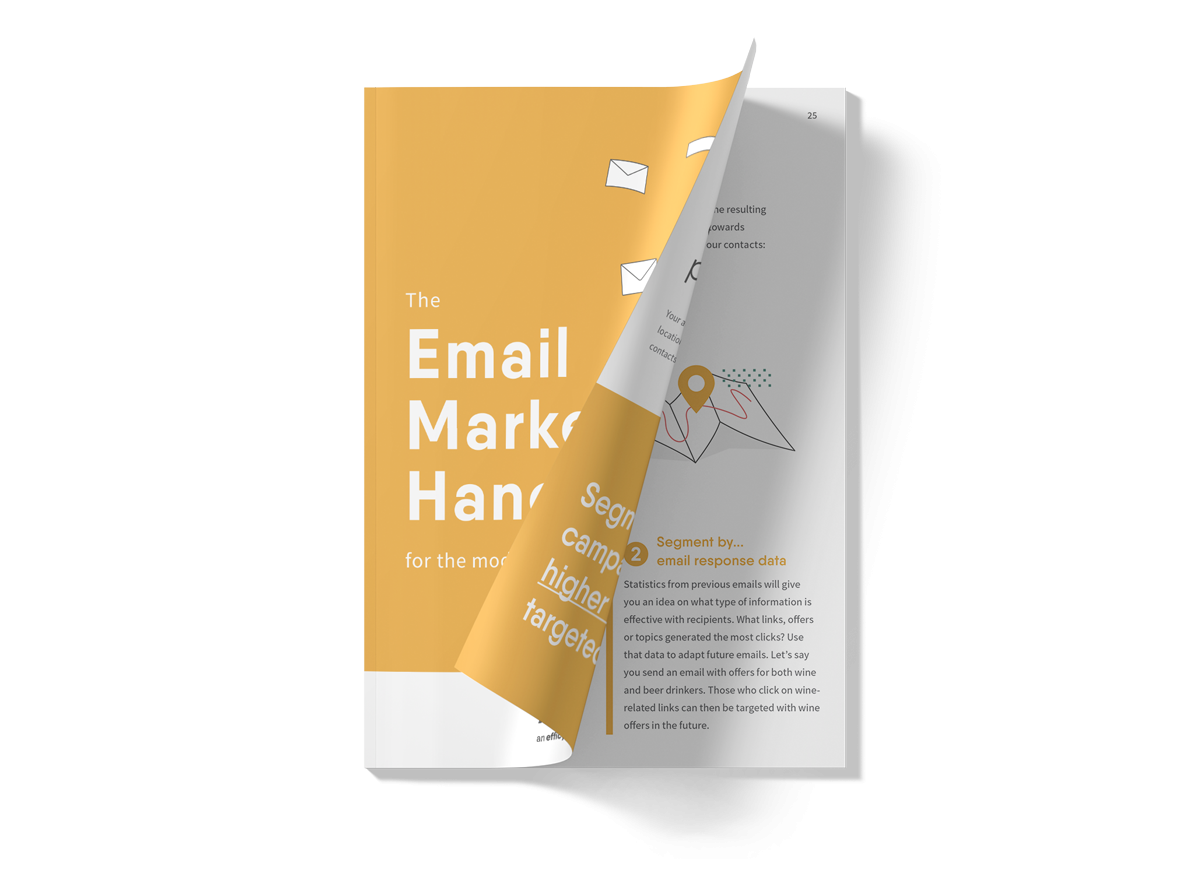7 Ideas To Get Started With Web Personalisation

Personalisation is a given in today’s marketing.
Consumers demand it, technology enables it - yet the majority of brands aren’t doing it anywhere near as much (or as effectively) as they should be.
Want to break out from that majority? Here are seven ideas to get started with meaningful web personalisation…
1. On-site optimisation based on browsing behaviour
A straightforward start: a visitor browses three different products of the same category (let’s say oak furniture, for example – a table, side unit and bookcase). If they exit the site without purchasing, you can set up a rule to personalise the home page on their next visit, to reflect the oak furniture range. Any visitors who browse to such an extent without purchasing, but return later are clearly showing some level of intent, so it's worth pre-empting their return and preparing a suitable welcome.
2. On-site optimisation based on search
Another example of capitalising on repetitive behaviour is if visitors have run multiple searches on your site for the same keyword or similar words in a keyword group. Why not change the home page content to facilitate their journey?
Segmenting your audience by search terms can allow you to ensure that your home (or landing) page elements are relevant to that particular audience’s preferences.
Curious about personalised marketing? Check out APSIS Profile Cloud to see what it will mean for your customers!
3. Convert web visitors to email subscribers
Imagine you run an airline site. A known customer has logged in and booked flights, but hasn't opted in to receive future communications by email. You can help drive list registration by showing a pop-up message or by having a signup form on the page. These messages may not be relevant for new visitors or non-customers, but detecting that they are customers should allow you to segment this particular audience accordingly.
4. Speaking of pop-ups…
Don’t you just love those pop-ups that launch as soon as the web page loads, asking you to rate the site that you haven’t yet had a chance to browse? A horrible experience for a new visitor, but for returning prospects it can be a different story…
Say a regular visitor has browsed your site four times in one week, with each visit lasting over 60 seconds and incorporating more than two pages. That’s a fairly strong indication of intent.
On the third or fourth visit, you could launch a pop-up survey asking them what they thought, or even about their general preferences relevant to your product. If they proceed, this can serve as authentication to allow you to join their results to their browsing preferences.
Suddenly you have a more rounded view of your visitor, which can be used to personalise web content in a much more targeted way.
Learn more about how you can personalise your customers' individual experience from our FREE whitepaper!
5. Location-based personalisation
If you've managed to join up CRM data with browsing behaviour, you can personalise according to the geographic address of your existing customers (assuming the address is collected).
Again, furniture's a good example here of a product category that can be heavily impacted by geographic location. For instance, city dwellers are less likely to have big gardens, so may not be as interested in large garden furniture as much as those living further out or in smaller towns. Creating location-based segments and personalising accordingly can really impact on repeat customers.
6. Personalisation based on buyer personas
Another application of CRM data integration: many businesses create and develop customer personas within their CRM system based on recency and frequency of purchase. When visitors return to the website who match these personas (for example, a VIP or Gold Member), the web experience can be personalised to reflect that customer’s history and preferences, thereby encouraging loyalty and further purchases.
7. Driving local store footfall
Finally, another example of location-based personalisation with a cross-channel incentive: For businesses with a local presence (high street stores or branches), it is often worth adding details of the nearest store to known individuals (whose address has previously been captured).
Here at APSIS, we work with a number of brands who use this tactic to include details of their local store manager, for a literally personal experience promoting a human interaction (i.e. “Meet your store manager, Jason”). The result is a much more one-to-one, emotional connection to the brand and serves as an effective online-to-offline conversion tactic.
For more information and ideas on using multichannel data within your own CMS, why not download our helpful website personalisation guide about getting multichannel data into your CMS?



